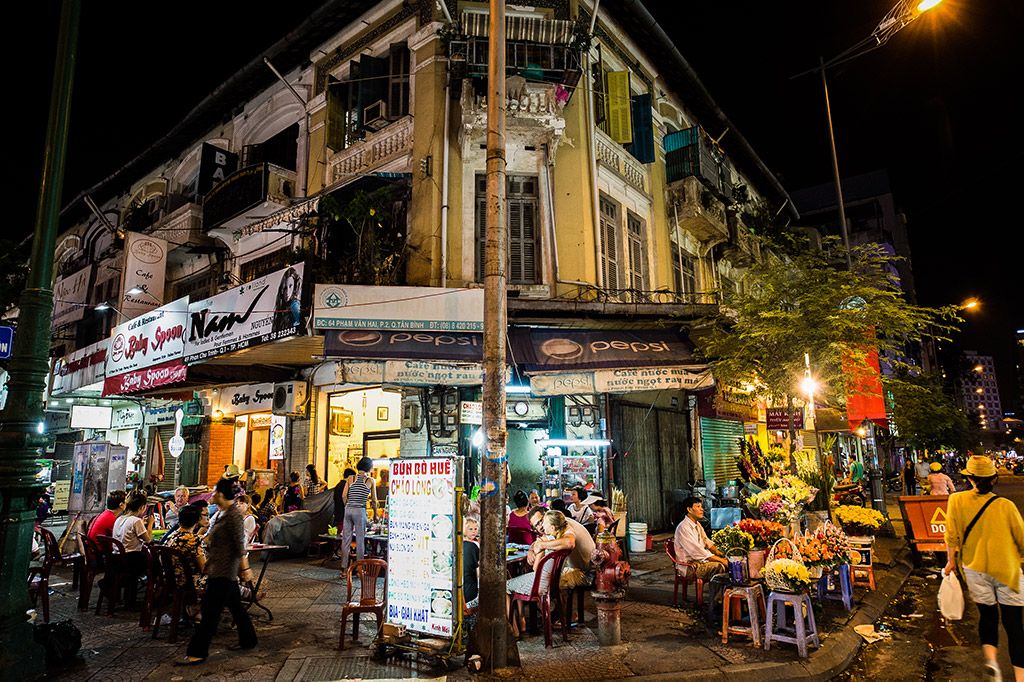Viet Nam – The country has an urban development strategy in place that envisions secondary cities as new development hubs.
In Viet Nam, much of the progress lies in five centrally administered cities, namely Ha Noi, Ho Chi Minh City, Can Tho, Da Nang, and Hai Phong. While other cities have been left wanting – for example, only 10% of urban wastewater in secondary cities are treated by a centralized system – the government has been taking steps to rectify the uneven development and ensure success is equitable and inclusive.
In support, ADB has proposed a $175 million investment, the Secondary Cities Environment Improvement Project. It aims to improve access to urban infrastructure and services in three secondary cities: Gia Nghia (Dak Nong province), Phan Rang-Thap Cham (Ninh Thuan province), and Phan Thiet (Binh Thuan province). Some of the planned infrastructure and improvements include wastewater treatment, sanitation, and drainage; riverbank embankment and coastal protection; public green spaces; and solid waste management.
The Water Financing Partnership Facility, through the Sanitation Financing Partnership Trust Fund (which has contributions from the Bill & Melinda Gates Foundation), assisted the preparation of the project with a direct charge of $98,480.
Investigating wastewater and fecal waste flows
A team of international and national sanitation specialists were engaged for the project preparation support. They assessed the gaps in the cities’ wastewater, sanitation, and drainage infrastructure and services. They also conducted extensive field surveys and stakeholder interviews. Moreover, they paid special attention to fecal waste flows, investigating the sanitation conditions and service delivery framework in the cities, and compliance to government regulations.
Laying the groundwork for sanitation
The thorough review helped inform the development of a wastewater and sanitation sector strategy and roadmap for the three cities under the proposed Secondary Cities project. This strategy and roadmap included technical options for integrated wastewater and sanitation solutions for each city for the short- (2020–2025), medium- (2026–2030) and long-term (2031–2040). Essentially, these showed how on-site sanitation facilities (such as septic tanks and soak away pits) with a few centralized facilities with limited household connections can transform into a comprehensive combination of centralized and decentralized sanitation facilities.
To complement this, the team prepared a fecal sludge management (FSM) strategy and roadmap with a recommendation and preliminary cost estimate for an FSM component for the ensuing project. Through this support, the cities have clearer guidance on how to address FSM challenges, especially since either regulations and/or enforcement at the local level are minimal, if not nonexistent.
In addition, the team supported the development of an institutional service delivery framework (which includes private sector providers) for the Secondary Cities project. The goal, ultimately, is to enhance these growing cities and ensure residents have a clean, healthy, and better way of life.





